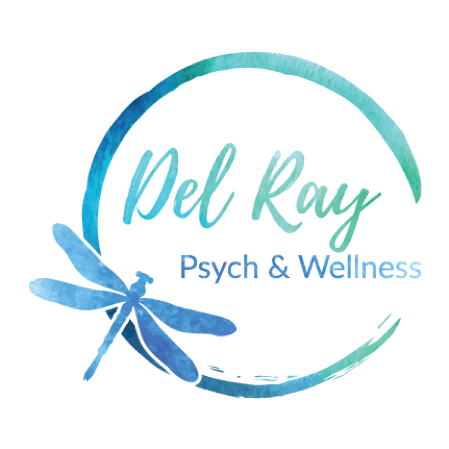Anxiety: Embracing your Fears
What is anxiety:
Anxiety is a physiological response in preparation for a real (or perceived) threat. The moving parts in this response involve the brain’s hypothalamus, which signals the adrenal-cortical system, and the sympathetic nervous system.
Why is it useful
The release of adrenaline and cortisol activate the sympathetic nervous system to physically prepare the body for fight or flight, before conscious thought takes over. Therefore, you are fighting or running for the sake of survival, and those activities help dissipate the stress hormones, which are reabsorbed for next time.
When is anxiety a problem?
Modern day stressors rarely require fight or flight responses, but humans have adapted a similar physiological response to perceived threats that could happen in the future. This means that stress hormone release may be triggered by the thought of a bad work review, by unmet deadlines, by overscheduling, or by daily interpersonal or work related conflicts. Unlike normal fight or flight, no specific physical action follows the hormone release, and the stress hormone levels remain high in the bloodstream.
Who has anxiety?
The metropolitan area exerts multiple stressors; family, school, and work expectations, financial demands, dangerous weather alerts, and transportation woes. These factors may exacerbate anxiety, but there may also be a hereditary component to heightened anxiety, in addition to the environmental exposure of a parent’s reaction to stress. This includes possible life-long generalized anxiety disorder, panic attacks and/or social anxiety
How to manage anxiety
Christopher Bergland, writing for Psychology Today (January 22, 2013) suggests 5 ways to combat stress and anxiety and lower cortisol:
Physical exercise: This can include a vigorous walk or opting for stairs instead of an elevator. At minimum, small physical activities in busy days help to create a reset for high cortisol levels amplified by stress.
Mindfulness and Loving Kindness Meditation: When confronted by a stressful situation, we tend to rev up instead of down, but a deep breath will interrupt that process. Using a Fit-bit or a watch with a second hand, mindfully focus on breathing slowly for two minutes. If incorporating meditation, Bergland suggests sending Loving Kindness Meditation to others who may be struggling or who may even be causing you stress. This is similar to the Tibetan practice of hanging prayer flags in the wind, which disperse blessings to all the wind touches, including “enemies.” This may be an especially relevant practice, in this time of discord and division. This reversal from negative to positive may yield surprising results. If you project positive thoughts, others may respond in kind.
Social connection: Some studies show a correlation between social isolation and mental illness. Adults who live alone may fall prey to ruminative thinking, which reinforces anxiety and depression. Contact with others is protective and provides a “reality check” if ruminative thought becomes self-defeating and harmful. Bergland notes that rather than “fight or flight,” “tend and befriend”responses increase oxytocin, the “closeness” hormone, which also reduces cortisol.
Laughter: Laughing with friends, watching comedies, and socializing help to lower cortisol.
Listen to music: It makes onerous tasks more tolerable, and if you are singing to the music, you are breathing more deeply and replenishing oxygen in your blood, which increases your sense of well being. Simply listening to music while driving or relaxing can reduce anxiety, redirect the mind and lower cortisol.
Note that none of these steps are costly or require medication, although medication may be needed for difficult transitions or circumstances. In that case, all of the above suggestions will augment treatment and will help in reducing anxiety and the harmful hormones they produce. See if Anxiety Therapy is right for you. All that is left is practice, and that is up to you!
For the full article cited in this post, see Bergland, Christopher (January 22, 2013) Psychology Today “Cortisol: Why the “Stress Hormone” Is Public Enemy No. 1. Retrieved September 24, 2018.
Author: Sarah Pitkin, LPC, LSATP, ATR-BC

